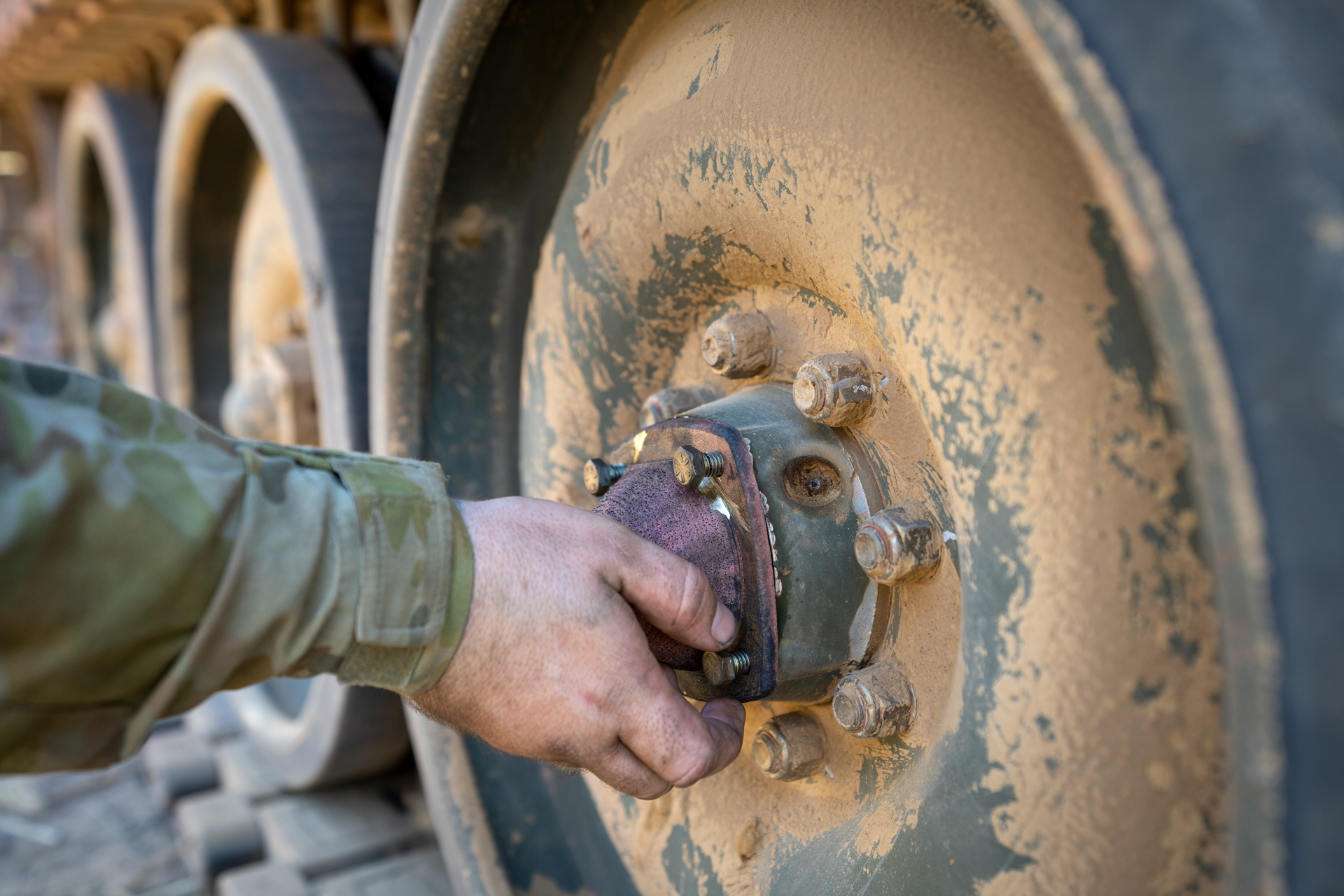
3D printing specialist SPEE3D says that the Australian Army have successfully 3D printed and re-placed metal armored vehicle parts in the field.
Various parts for the M113 Armored Personnel Carrier were replaced with metal parts manufac-tured on-site, using technology developed by SPEE3D. Parts were identified, 3D printed, certi-fied and then subsequently installed on vehicles, the company said. This includes a 2 kg wheel bearing cover, a part which is often damaged by trees when driven through bushland, which was printed in 29 minutes at a print cost of US$100. The team were also able to 3D print, heat treat, machine, test and validate the parts in the field as well as redesign and fortify some parts, SPEE3D said.
This followed field trials carried out in 2020 resulting in over 50 case studies of printable parts, demonstrating that the WarpSPEE3D printer was robust enough to operate in remote, Australian bushland.
SPEE3D’s WarpSPEE3D tactical printer uses patented, cold-spray technology that the company says can enable faster and more cost-effective metal part production than any other process. It can print large metal parts up to 40 kilograms at a rate of 100 grams per minute.
‘This is a great example of how expeditionary metal 3D printing can improve defence readiness,’ said SPEE3D CEO, Byron Kennedy. ‘Field trials conducted in 2020 proved SPEE3D technology was deployable. This year’s trial extension was bigger, longer, and more remote, making it the worlds’ toughest and longest metal 3D printing trial so far.’
This story uses material from SPEE3D, with editorial changes made by Materials Today.





